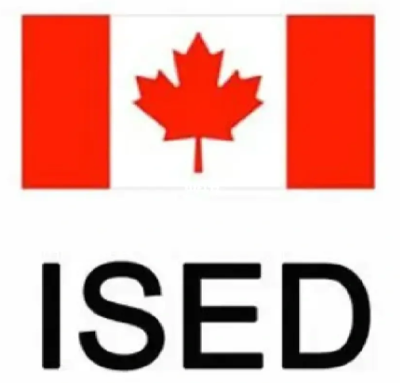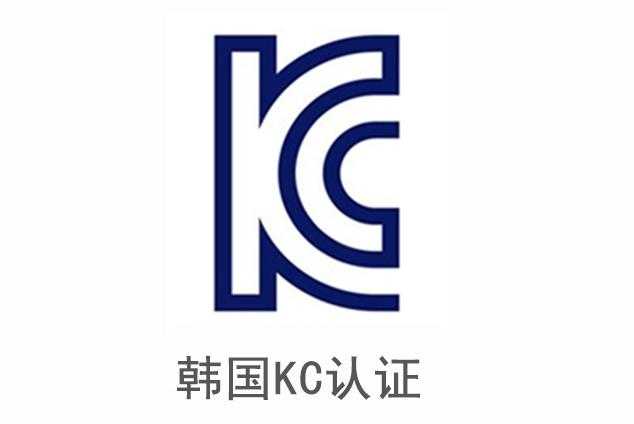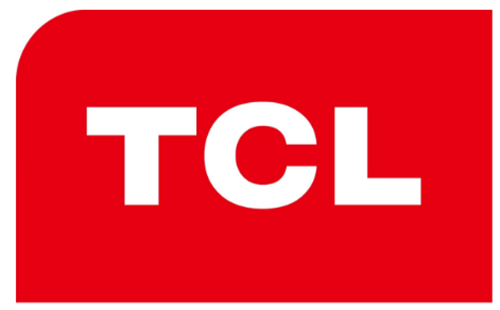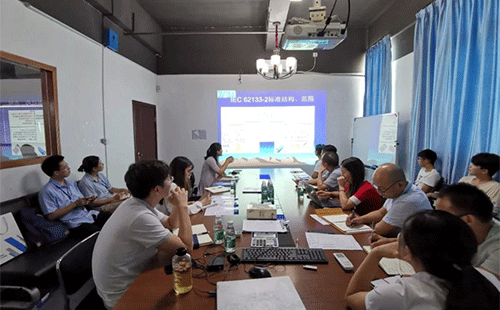On June 25th, 2024, the Canadian Ministry of Innovation, Science and Economic Development (ISED) issued a notice on updating the standard RSS-210 Issue 11-License-Exempt Radio Equipment: Category I Equipment, which will be enforced six months later, and will replace the standard RSS-210 issue 10; issued in December 2019; That is, since December 25, 2024, the report used for ISED certification application must meet the requirements of RSS-210 Issue 11.
The main changes of the new standard RSS-210 lssue 11 are as follows:
01 chapter addition and adjustment:
◆ 1.1 Sections 6.1, 6.2 and 6.3 are added, covering general requirements and references.
◆ 1.2 Add Chapter 7 to make it clear that the test method refers to ANSI C63.10 standard, unless otherwise specified in the standard.
02 Appendix Revision:
◆ 2.1 Appendix A: The remote control equipment operated temporarily is described in detail, and some chapters are edited.
◆ 2.2 Appendix B: clarified the working range of frequency band 43.710-50.000MHz.
◆ 2.3 Appendix C: Clarified the requirements for unintentional emission limit of frequency band 216-217MHz.
◆ 2.4 Appendix E: It is clear that the test method should be based on ANSI C63.26, and the requirement of unintentional emission limit of GMRS-M is clarified.
◆ 2.5 Appendix F: Clarified the requirements for harmonic emission.
◆ 2.6 Appendix G: Technical specification requirements for multi-channel wireless audio equipment (such as wireless microphone and in-ear monitoring system) using broadband digital transmission technology are added, and the standard ETSI EN 300 422-1 is defined for modulation settings.
◆ 2.7 Appendices J and K: The equipment operating in the 57-71GHz frequency band is described and modified in detail, including equipment requirements, power limits, etc.
03 The test method is clear:
◆ 3.1 The test method standards of short-distance wireless communication equipment such as FRS and GMRS are defined, and the test standards of ANSI C63.26 need to be cited.
◆ 3.2 Removed the exemption statement that RSS-210 does not need to be re-tested for equipment working in the frequency band of 24-24.25GHz and meeting the RSS-310 standard, and such equipment now needs to meet the requirements of RSS-210.
04 New and revised technical requirements:
◆ 4.1 The technical requirements for multi-channel audio transmission equipment using broadband digital transmission technology have been increased.
◆ 4.2 The application environment and technical requirements of FDS radar equipment are described in detail again, including the requirements of equipment working at 59.3-71.0GHz.
Warm tips
The release and implementation of RSS-210 Issue 11 will have an important impact on the production, import, sale and use of Class I unlicensed RF devices in Canada. ZRLK suggested that relevant manufacturers and importers should pay close attention to the implementation of the standard, take corresponding measures to ensure that the products of enterprises meet the new technical requirements, and complete the necessary testing and certification work within the specified time, so as to calmly cope with the changes in laws and regulations. Our company has a professional technical team and rich experience in product testing, which can help you easily understand whether the products are safe and compliant. If you need it, please feel free to contact us, and our engineers will serve you at the first time!











